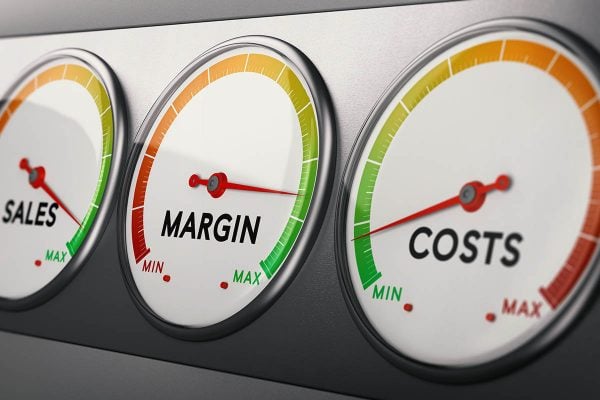 With the April financial year around the corner, Tony Kyberd, recently appointed CEO of Volo Commerce, outlines a 5-step process for your long term ecommerce strategy and suggests some free resources to help with your budgeting and planning.
With the April financial year around the corner, Tony Kyberd, recently appointed CEO of Volo Commerce, outlines a 5-step process for your long term ecommerce strategy and suggests some free resources to help with your budgeting and planning.
Moving Your Ecommerce Strategy out of Emergency Measures and into Long Term Resilience
We’re almost 12 months into ‘coronavirus coping’, which means we’re almost 11 months into on-off lockdowns, emergency measures, fire-fighting, fulfilling increased orders with fewer staff, and socially distanced operations. Many companies have been in constant reactive mode. Some businesses have shuttered, some have seen explosive growth, and some have taken the plunge online in a hurry.
Selling online is a necessary reaction to losing your physical retail outlets. In our experience, however, for traditional brands retailers it’s been less a case of, “get me online ASAP, at any cost.” It’s been more a case of, “get me online ASAP, but I’m not throwing money at this, this is our budget and we need to see the value.”
We’re likely to be in a situation of extreme uncertainty for the foreseeable future, by which I mean beyond 2021. Long term uncertainty calls for a long term approach and planning. It means drawing a line in the sand and getting proactive, becoming more resilient. You can only be in emergency measures for so long.
A 5-Step Process for Sustained Growth
To enjoy sustained prosperity and even out the bumps in the road you need resilience and flexibility. Resilience comes from having an optimised presence across a range of online channels – marketplaces and web stores – and the right mix of channels for what you sell and where you sell. Flexibility comes from being able to switch the channel priorities quickly, depending on circumstances.
A great consumer buying experience is everyone’s main objective, and data quality and channel control figure highly in your ability to deliver this. The quality of your product data on each channel, in combination with your marketing plan, drives the amount of people that find your products and buy them. The quality of your data analytics matters too, so that you can easily act on what’s really happening in your business.
Connecting your online sales channels enables you to centralise the control of them and be active in one portal rather than many. If you’re working on your marketplace and web store channels directly then you’re duplicating effort and that doesn’t enable you to sustain your growth profitably.
Here’s a 5-step process for building a long term plan that pulls these priorities together.
- Get an audit of your business.
Start with an evaluation of where you are right now and where you want to get to. Often an independent specialist can help you with this. A solution provider can help you too, but you need to be eyes wide open to them recommending their own products and services when the fit to your requirements is clearly not good. Some will charge for this audit, some won’t
- Decide your strategy, together with your adviser
You need a plan for which marketplaces do you need to be on, in what order, and whether you’ll start with some or all of your products. You also need a plan for your web store or stores
- Select your partners
You’ll be selecting the best ecommerce platform for managing multiple online channels. Some platforms are modular depending on which parts of your business you want to automate, some are not. You’ll also be selecting your service provider and which services you need, from no services through to end-to-end fully managed services. Some providers do product and services, and some recommend partners to round out their offering
- Implement your investment
You’ll have selected your partners based on their fit to your requirements, your investment, timeframe for implementation and projected return. Connecting your channels and getting one window on your multichannel operations will take resource commitment from your own team as well as your partners
- Launch, measure, rinse and repeat
After launch – which might be one project or a series of projects, it’s vital to ‘close the loop’ and review performance against plan. There will doubtless be things you learn that you will do differently the next time on your ever-evolving long term journey
Now is the time to take control of your ecommerce destiny. Good luck!
Further Reading – Free Resources
Here are some complimentary resources that cover long term ecommerce strategy and execution in detail.
– ‘Your Long Term Ecommerce Strategy for Marketplaces and Web Stores – How to build resilience for the future, whatever the weather’ (This amplifies the process I’ve outlined above and is published by Volo Commerce.)
– ‘Buying Multichannel Ecommerce Software – 7 things for brands and merchants to think about’ (This helps you budget for, evaluate and select the right provider and is published by Volo Commerce.)
– ‘Scaling Up Your Online Business – How to build, grow and industrialise ecommerce’ (This comprehensive white paper builds on seller research, features 4 in-depth case studies of successful multichannel sellers and is published by Tamebay.)
To talk to Tony and colleagues about your long term requirements, you can get in touch with Volo here.









